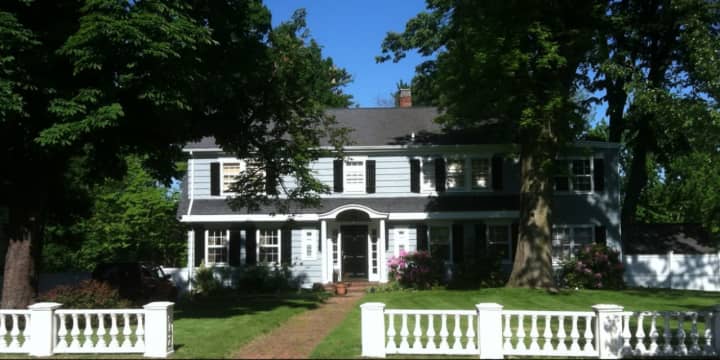When deciding what type of tree to plant, it's important to determine where you want your tree to go. Keep in mind, your tree is only going to get larger, so be wary of other trees, power lines and your roofline. It’s important to know how large your tree is expected to get and how quickly its growth rate is – some trees grow very slowly while others grow rapidly. Most trees develop a canopy over time, which can spread out over a yard in an area much larger than originally thought. Nothing can be more disheartening than planting a six foot tree only to require extensive pruning down the road or the shadow creating a dirt pit under the sprawling canopy.
It's also important to decide if you'd like your new addition to be green year round or if you’d prefer a tree that produces fiery fall colors before losing its leaves for the winter – these are known as deciduous trees. Most leafy trees native to the area are deciduous, however conifers - or cone bearing trees - and cold-hardy species such as certain magnolia varieties can keep their green color year round. Choosing to have perpetual green or seasonal beauty is entirely up to you. Deciduous trees are often more dramatic, aesthetically pleasing and frequently used as centerpieces but evergreen trees provide practical purposes such as screening other objects or providing privacy. the homeowner's preference.
After selecting your tree and location, it's time to let it take root. For trees sold in pots, start by digging a hole twice as wide as the diameter of the pot. Carefully remove the tree from its packaging. Trees sold in pots often have root systems that take the shape of the pot. If this is the case, be sure to “open” the root ball by taking a sharp knife to scratch up the bottom of the root ball and the sides - opening up the roots will allow the tree’s root system to grow outward after planting. Place the sapling in the hole, be sure to have the best side facing the most common viewing angle and that the tree is straight. Fill in around the root ball with nutrient rich topsoil or consider amending existing soil with peat moss and fertilizer. The top of the root ball (where the truck of the tree comes up from the soil) should sit just slightly above ground level. Lastly, spread a ring of mulch around the hole, taking care to avoid it from touching the trunk. This mulch will help the tree retain water and regulate temperature.
Trees are also sold with their roots balled in burlap sacks, a common method for larger trees and shrubs. When planting these types of trees, it's best to consult an expert. The landscape professionals at Lawler Landscaping can help in the entire process: from selecting the location, selecting the variety, and the planting.


